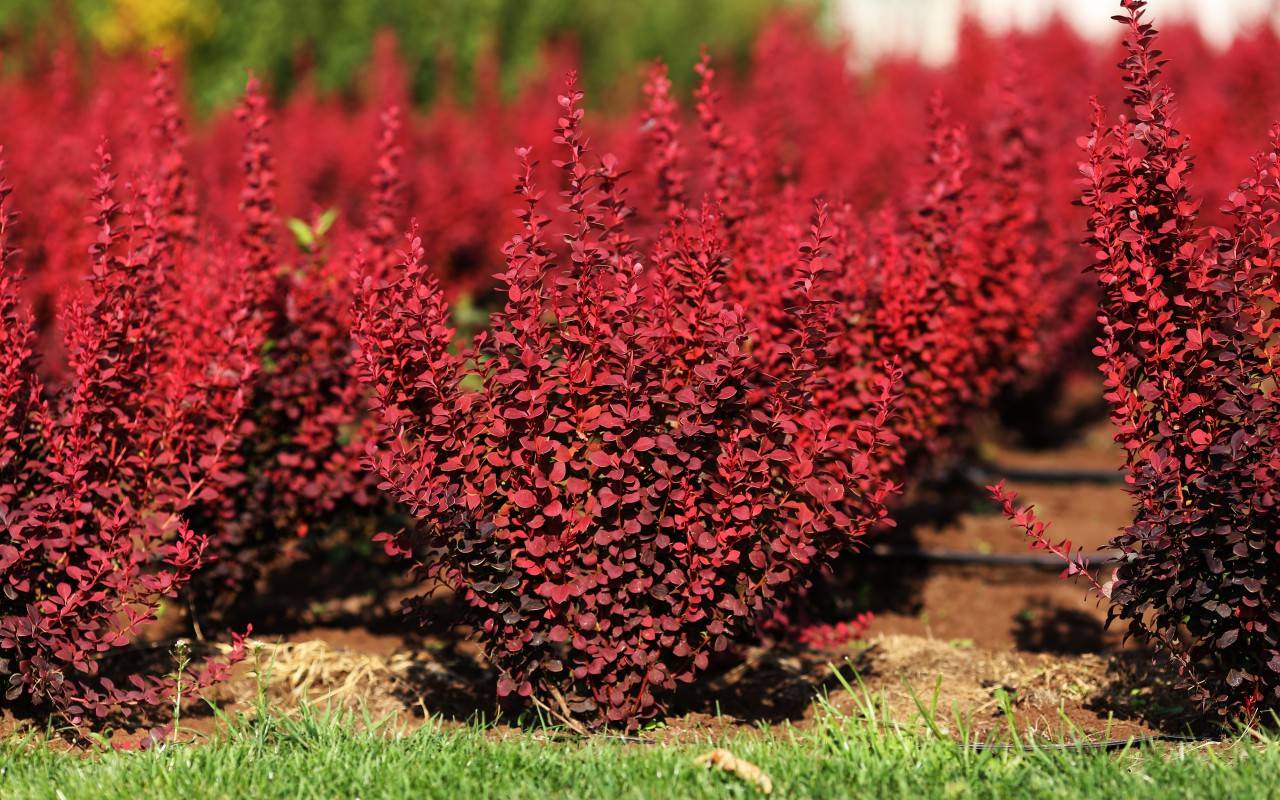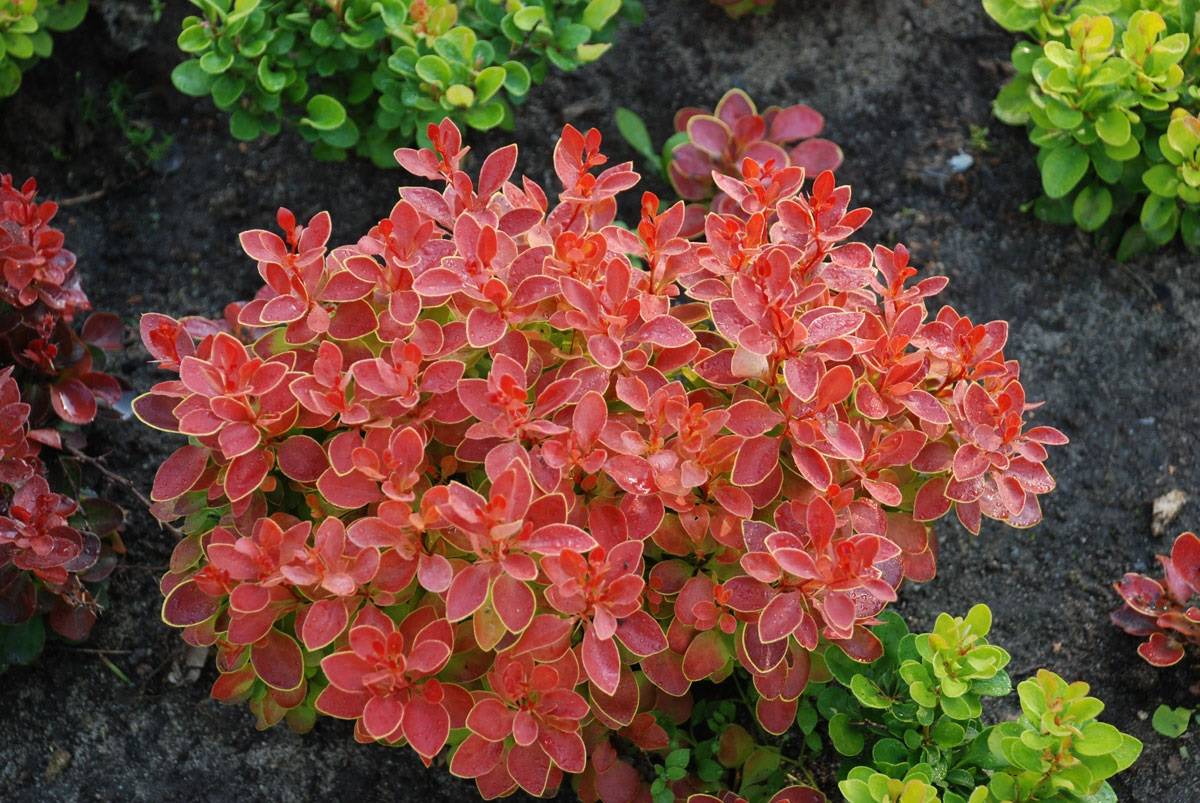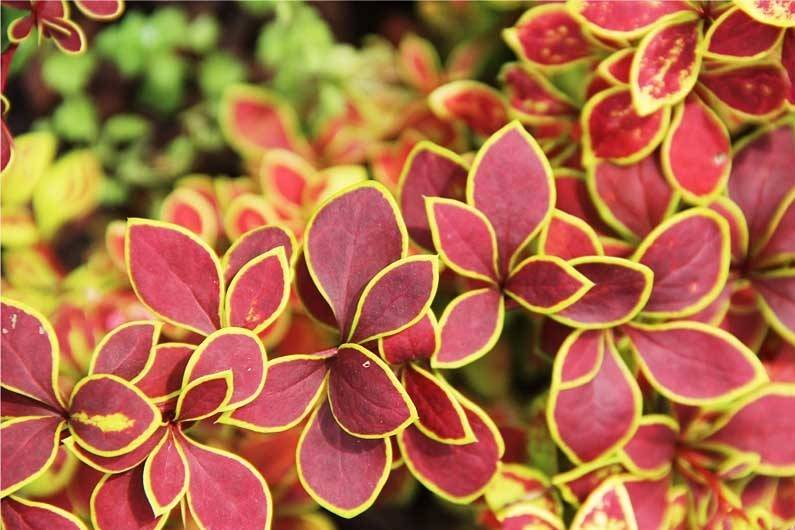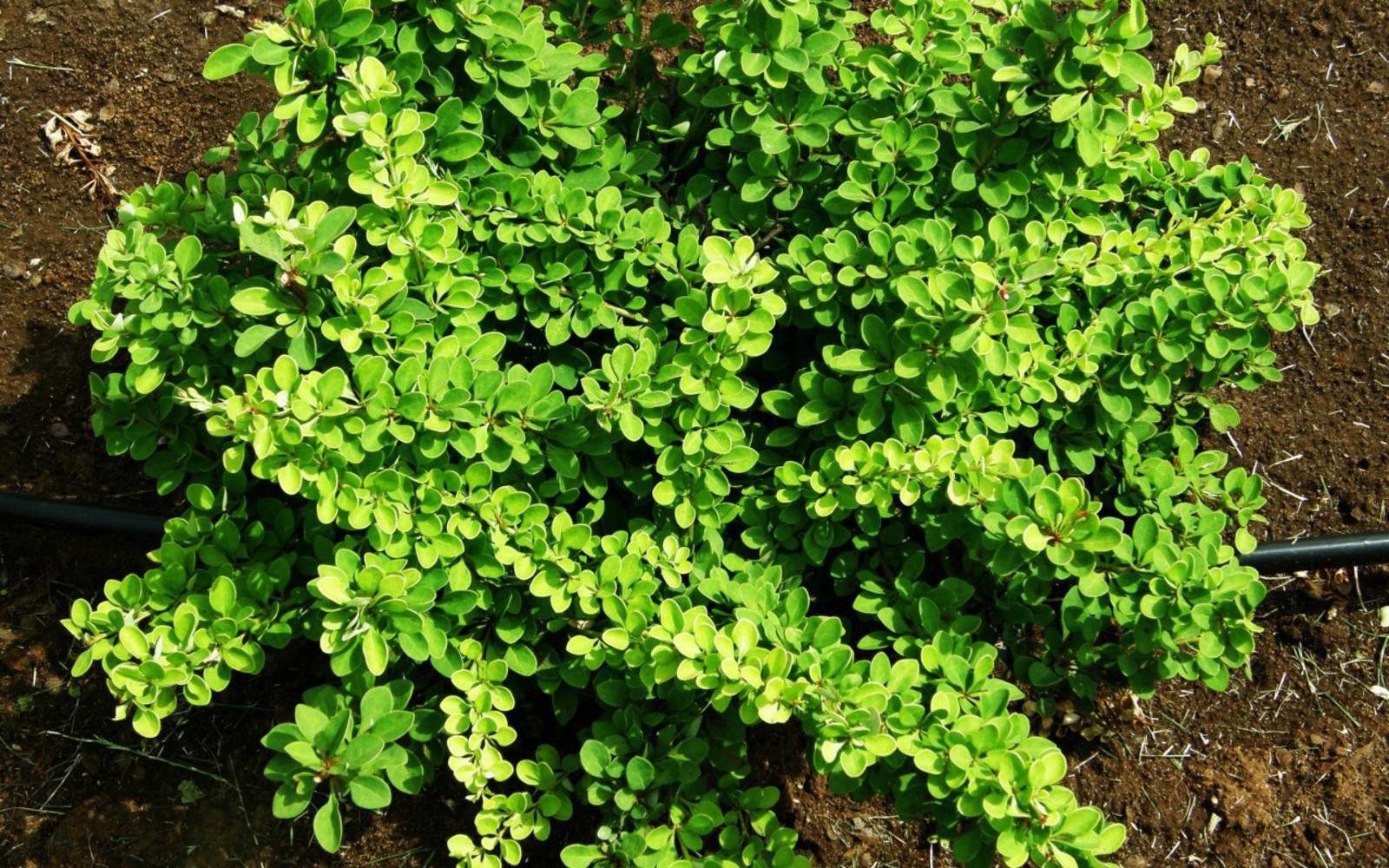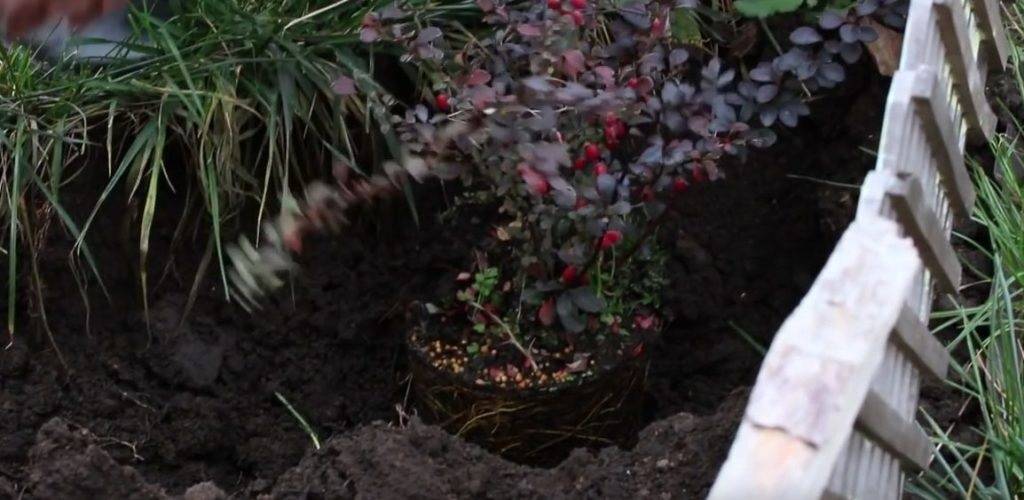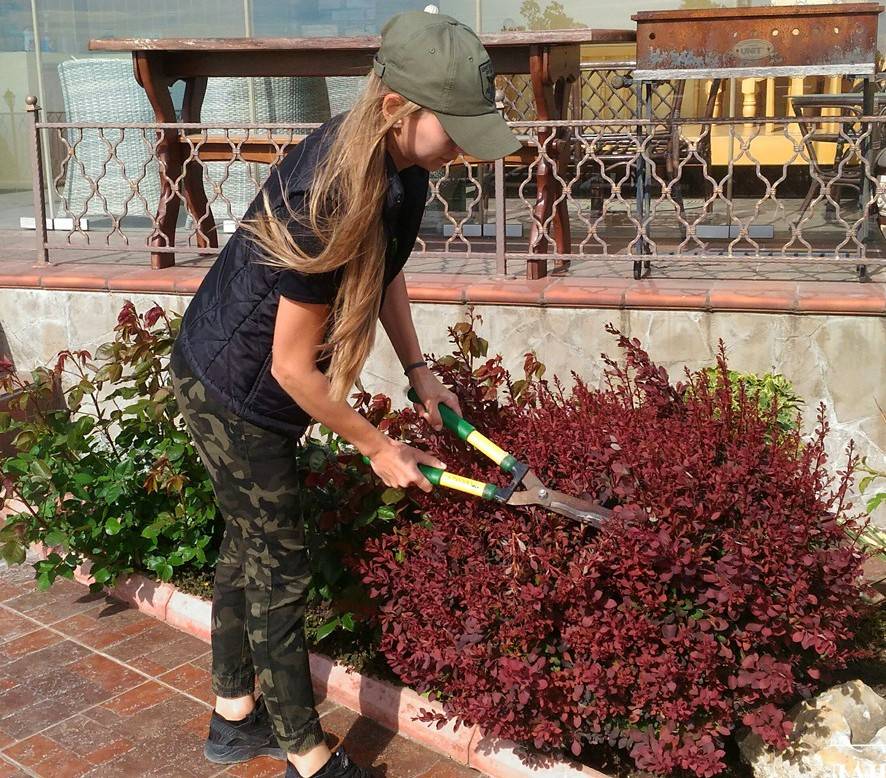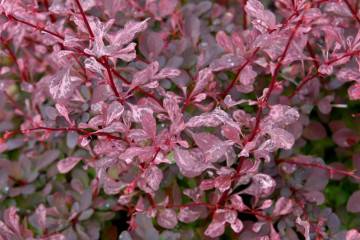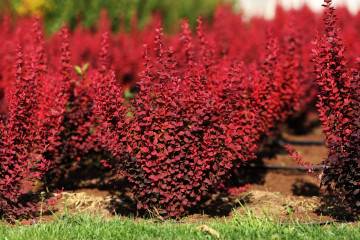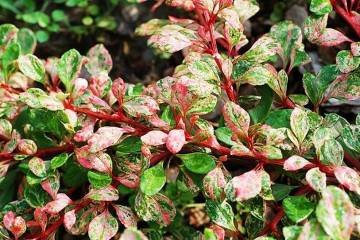Barberry Thunberg - description of plant varieties
Content:
Barberry is one of the popular ornamental shrubs that occupy a worthy place in the garden. It is a versatile plant. It can be planted both separately as a bush, and in addition to compositions, groups. Barberry is often used as a hedge. The variety of types allows landscape design lovers to realize the most interesting ideas.
Brief description of the variety
One of the most popular types of barberry is the Thunberg ornamental shrub. The homeland of the plant is Japan. In appearance, it is a spherical shrub. It has erect branches with dense foliage.
Depending on the types of plant, options for its use are determined:
- tall shrubs are great for organizing hedges, as well as for separating flower beds. The plant has not only a decorative, but also a protective function due to thorny shoots;
- medium-sized barberry varieties are used to create flower arrangements in flower beds;
- the lowest bushes are of particular interest for creating rocky gardens.
Distinctive characteristics:
- tolerates the pruning procedure well;
- looks very beautiful in the autumn - the leaves acquire magnificent colors from orange to bright red;
- the flowers of the shrub are yellow-red;
- after flowering, berries appear bright red, they hang on the branches for a long time, remaining on them even after the foliage has fallen;
- the plant is undemanding to the soil, prefers soil with a mild acidic reaction;
- the shrub is frost-resistant, but at very low temperatures it can freeze;
- barberry loves the sun, if you choose the right place for it in the garden, it will become even more magnificent.
Popular varieties
The barberry has more than 450 varieties. Among them there are both seasonal shrubs and evergreen species.
Admiration
An incredibly decorative dwarf shrub with an unusual shape. In height, it does not exceed half a meter. Such a plant will perfectly decorate the garden due to the magnificent color of the leaves.
Barberry Admiration is resistant to climatic conditions, tolerates temperature extremes well. For its cultivation, it is not required to observe special conditions for the selection of soil.
Aurea
According to the description, the barberry Aurea differs from other species by its unusual color of foliage. The bright yellow leaves create the effect that the plant is always lit by the sun. The plant develops very slowly, forms low bushes, no more than 80 cm. The flowering of the barberry Thunberg Aurea takes place from April to May. Even in winter, it does not lose its decorative qualities, as it is completely covered with large red berries.
The features of the barberry Aurea make it popular for landscaping. The plant is great for decorating ponds, garden paths. The shrub easily tolerates any change in weather, including strong winds, frost or drought.
Golden ring
Barberry Golden Ring, or Golden Ring, is named after the color of its foliage. It is a great combination of magenta with a narrow yellow border. As the bush ages, the color of the leaves changes. In the old plant, they turn completely purple.
Other common varieties
There are a huge number of barberry species. They can have green, yellow, orange and red leaves.
Common plant varieties include:
- The green carpet is a low and dense shrub with bright green leaves. Closer to autumn, they change their color to orange. At the end of the summer months, the bush is completely covered with bright red berries. In landscape design, it is used as a ground cover plant;
- Maria is a short shrub with long yellow leaves. By autumn, their color changes to bright coral. Barberry berries are very large, up to a centimeter in diameter. The variety is not afraid of frost and drought.
The Harlequin variety with magnificent variegated leaves will be an excellent decoration of the site. They are red, and on top are covered with white, gray and pink spots. The shrub is suitable for creating a variety of flower arrangements in the garden.
Features of planting and care
Barberry is an unpretentious plant, but in order for it to take root well in the garden, you need to follow simple rules during the care process.
Seat selection
Barberry will grow well both in the shade and in the sun. But the shrub is very fond of sunlight. Therefore, when choosing a landing site, you need to focus on the access of sunlight. It is not recommended to plant tall plants nearby, which will create shade. Lack of light will negatively affect the splendor and color of the foliage.
The shrub does not like drafts, so the place should be fenced off from the cold wind. When choosing a soil, preference should be given to light and loose soil. Deep drainage is required. Do not root the plant in swampy ground.
Boarding rules and order
It is necessary to plant shrubs in open ground in the spring. It is important to choose a time when the kidneys are not yet swollen. You can also plant a shrub in the fall. When it comes to planting a plant with a closed root system, then the only exception for the time is the summer months. The rest of the year, the procedure can be carried out without restrictions.
The disembarkation order is as follows:
- First of all, you need to prepare a suitable hole in diameter. Its depth must be at least 50 cm.
- The distance between shrubs should be at least two meters. But, if they are planted to create a hedge, then two barberries should be placed on one meter. Dwarf varieties are located at a distance of 40 cm from each other.
- As soon as the distance is measured and the holes are prepared, you need to pour a layer of drainage on the bottom, river sand will do. Its thickness should be at least 10 cm. A seedling is located in the center of the hole. When planting, it is important to ensure that the roots are spread out, there are no creases.
- From above, the plant is covered with a layer of earth, which must be watered after completion.
- As soon as the water is completely absorbed into the soil, mulching with peat and humus is recommended.
In order for the shrub to take root and grow well, certain care rules must be followed:
- barberry loves water, so it needs frequent watering. But at the same time, he will be able to maintain viability for a long time, even with a very severe drought. To keep moisture in the soil, it is recommended to make holes next to the trunks.Most often, if the weather is not very hot, the plant has enough rainfall. But, if you need to water it additionally, then you need to pour water only at the root, without falling on the leaves;
- the shrub loves additional feeding. It is especially important for fast growing varieties. Experienced gardeners recommend using organic compounds such as compost or humus. Fertilizers are applied in the spring, preferably while digging the soil. In the fall, you can lay a layer of peat mulch around the trunk.
Shrub pruning is carried out at will. This is only necessary if the grower wants to give a neat shape. Every spring, you can do work on the formation of the crown. The plant is cut off branches that died in winter from frost, as well as dried shoots.
Use in landscape design
Due to its appearance and decorative qualities, the Thunberg barberry is often used to organize hedges. The bushes can be trimmed to any shape. The hedge turns out to be very dense, completely impassable due to the thorns. But it can take up to eight years to create a beautiful hedge.
The shrub is planted in rocky gardens, on the banks of artificial ponds. It looks great both in a flower arrangement and on its own. A small variety of barberry can be used to create borders.
Any kind of shrub, whether it be the Admiral barberry or the berberis Aurea, with proper care, will become the main decoration of the garden. This magnificent plant will delight with variegated leaves until late autumn, if you provide it with decent care.
